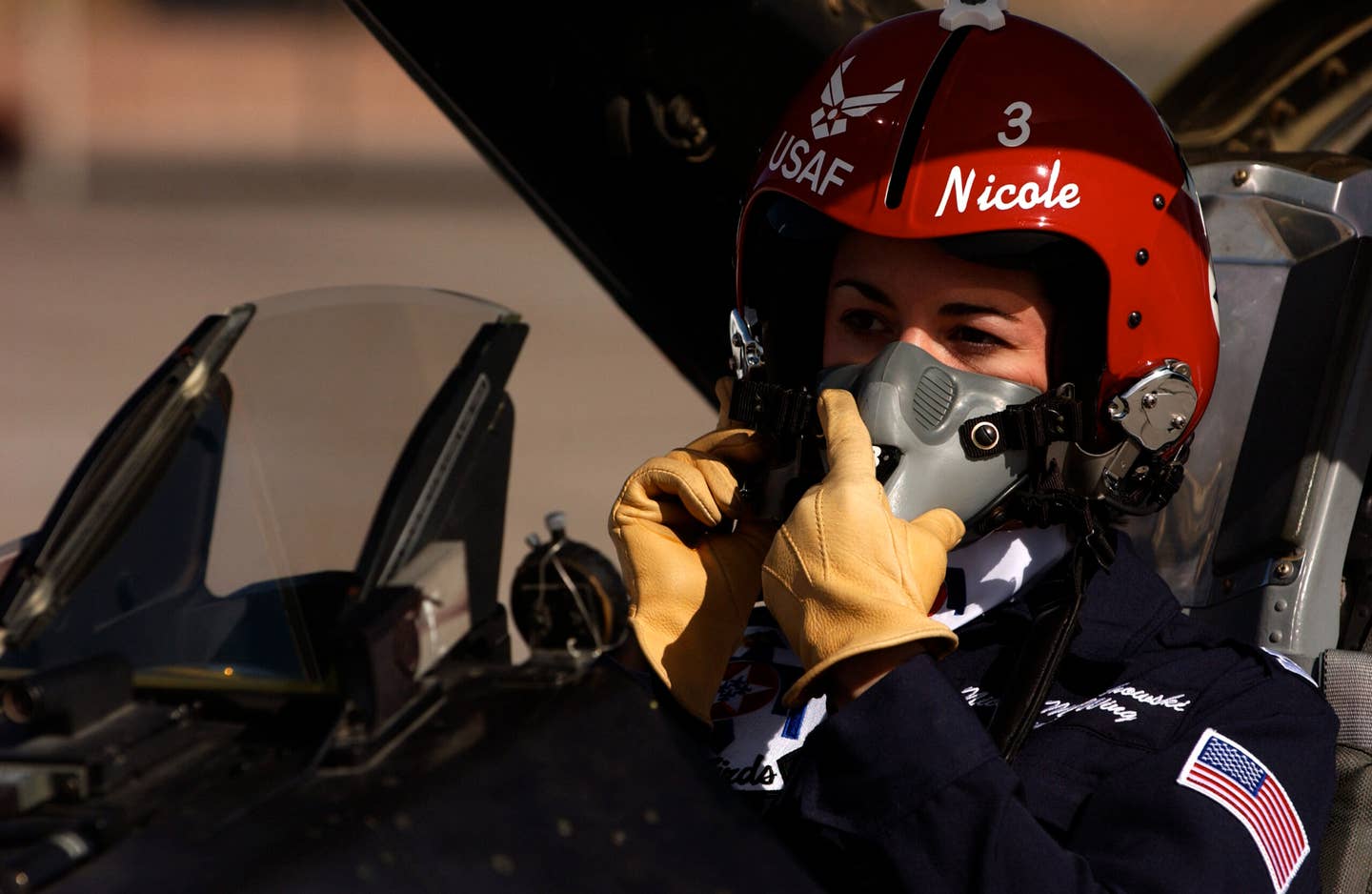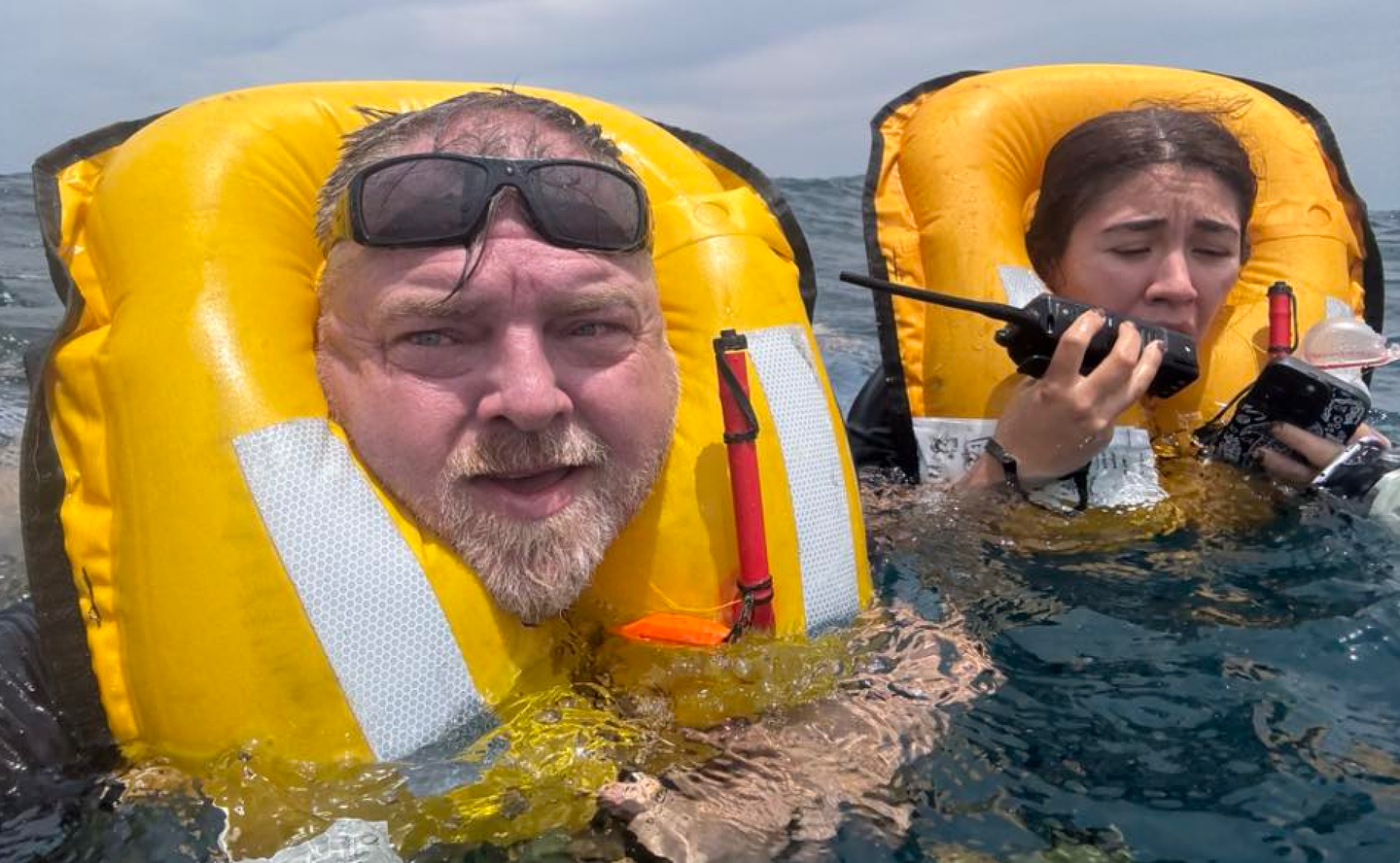Pilot Says Too Many Jumpers Outside Led To King Air Spin
The pilot of a King Air C90 that went into a spin while skydivers prepared to jump over South Africa on Oct. 14 says the plane departed controlled flight because…
The pilot of a King Air C90 that went into a spin while skydivers prepared to jump over South Africa on Oct. 14 says the plane departed controlled flight because too many jumpers got out of the rear exit at the same time. The dramatic video of the incident has gone viral and been featured on network news shows but it was all in a day’s work for the pilot, who identified himself as Xei. “The stall and subsequent spin happened when we allowed too many jumpers on the outside step, causing an aft center of gravity and excessive blocking of the airflow to the left horizontal stabilizer. The nose then pitched up beyond the controllability of the elevator,” he said in a post that accompanied the video on YouTube.
He said he quickly ran out of rudder and elevator and after the right wing came over he chopped power to both engines and began the recovery. “The aircraft behaved very well, and the recovery was surprisingly easy,” Xei wrote. “I pulled out as gently as possible as I did not want to stress the airframe. There was some additional instability when I pulled out of the dive and pushed the throttles forward to power up, as the one engine spooled up much quicker than the other and caused another asymmetrical moment."
He also said the aircraft is intentionally flown with asymmetrical power for the release of jumpers to prevent them from being blasted by the propwash from the left engine. “Power is kept on the right engine to maintain altitude during the jump run, which typically takes 60 seconds,” he wrote. "A fair amount of right rudder is required to fly a straight line in this configuration. Pilot to maintain 95-90 kts IAS.” He said the incident was reported to authorities and the aircraft inspected. He said the operation has now limited the number of jumpers outside to five at a time and skydivers will be briefed to let go if the aircraft suddenly pitches up.






